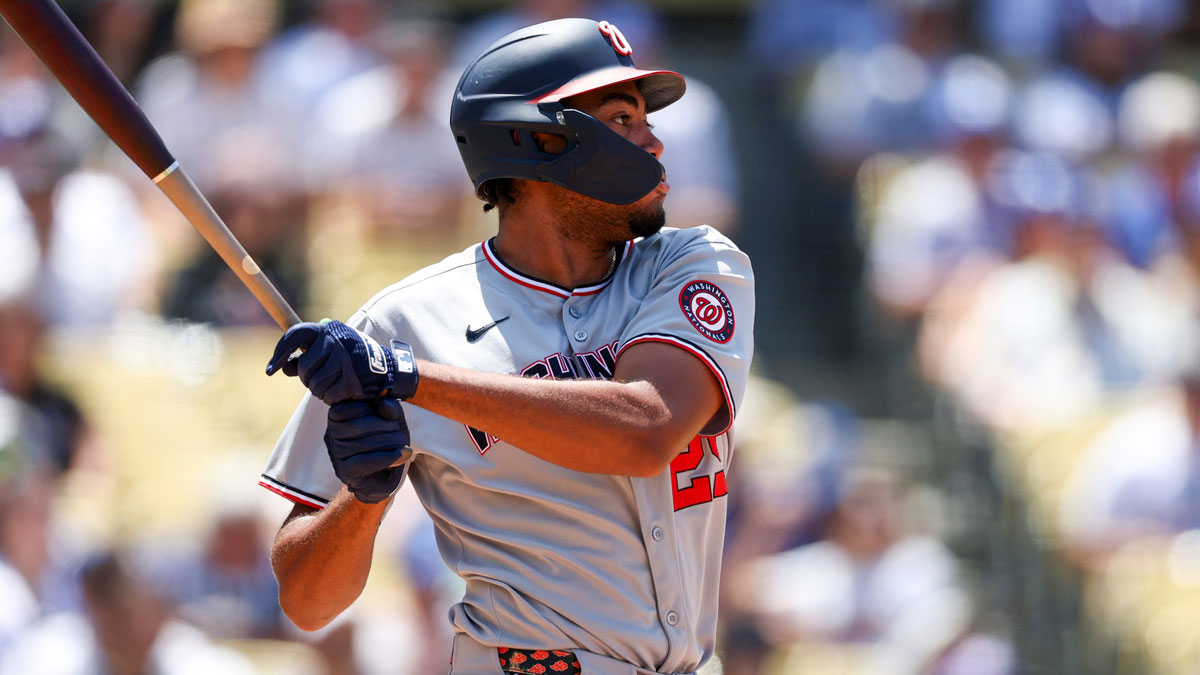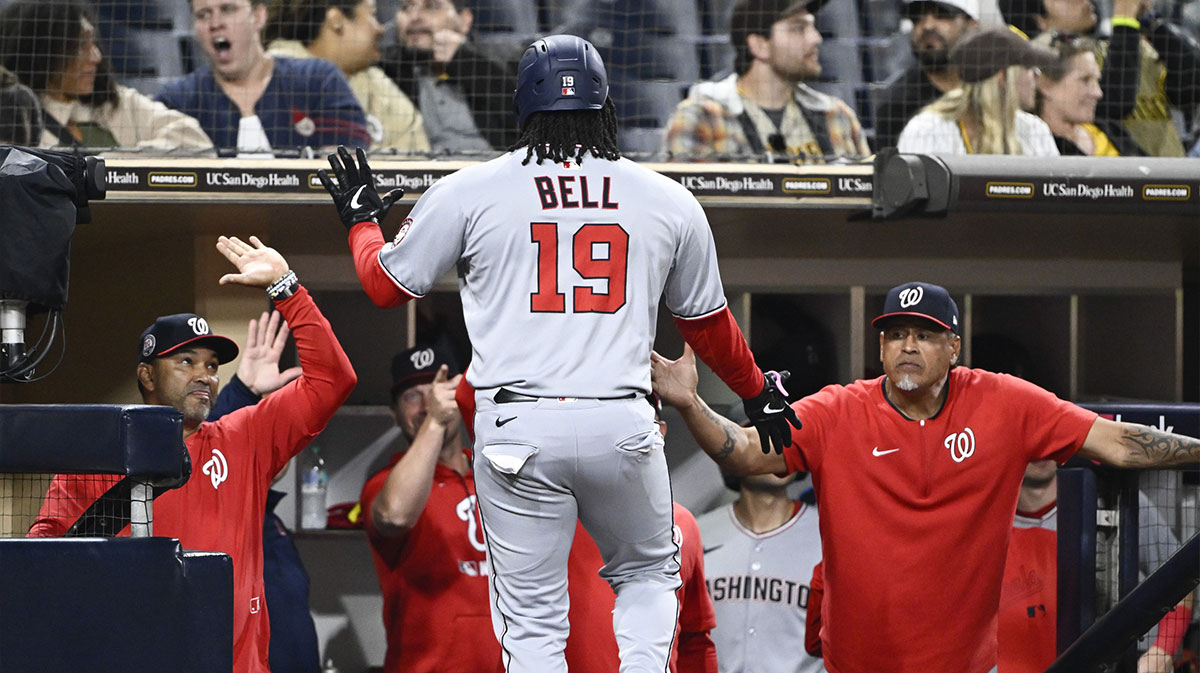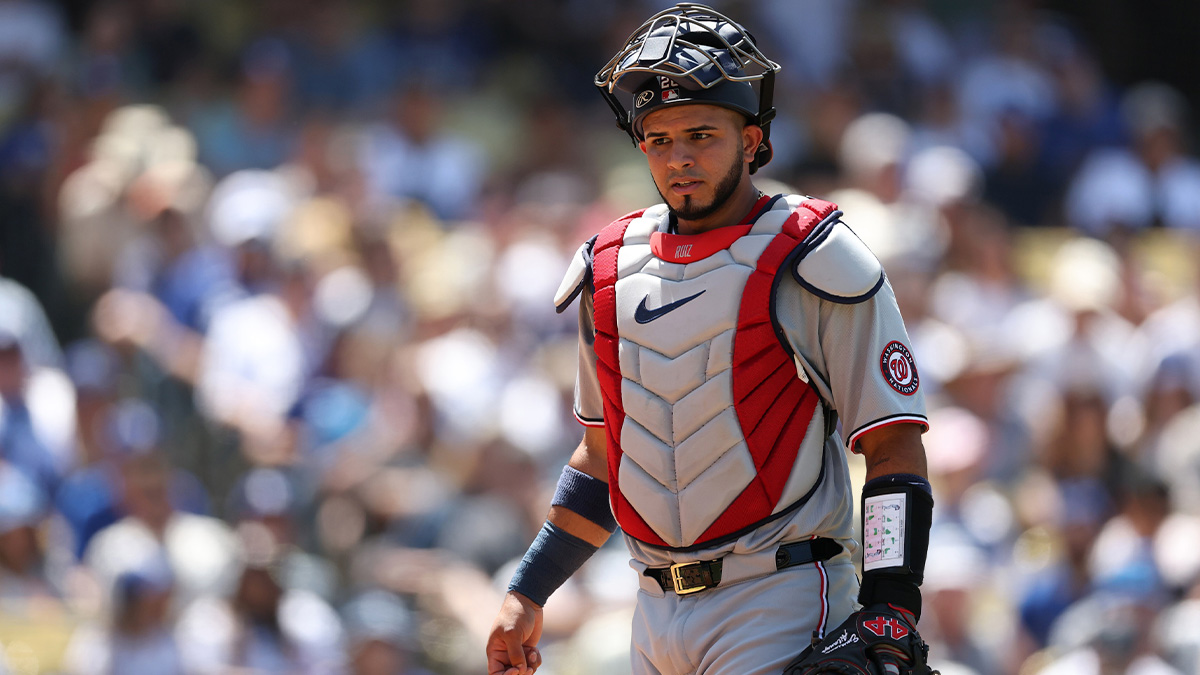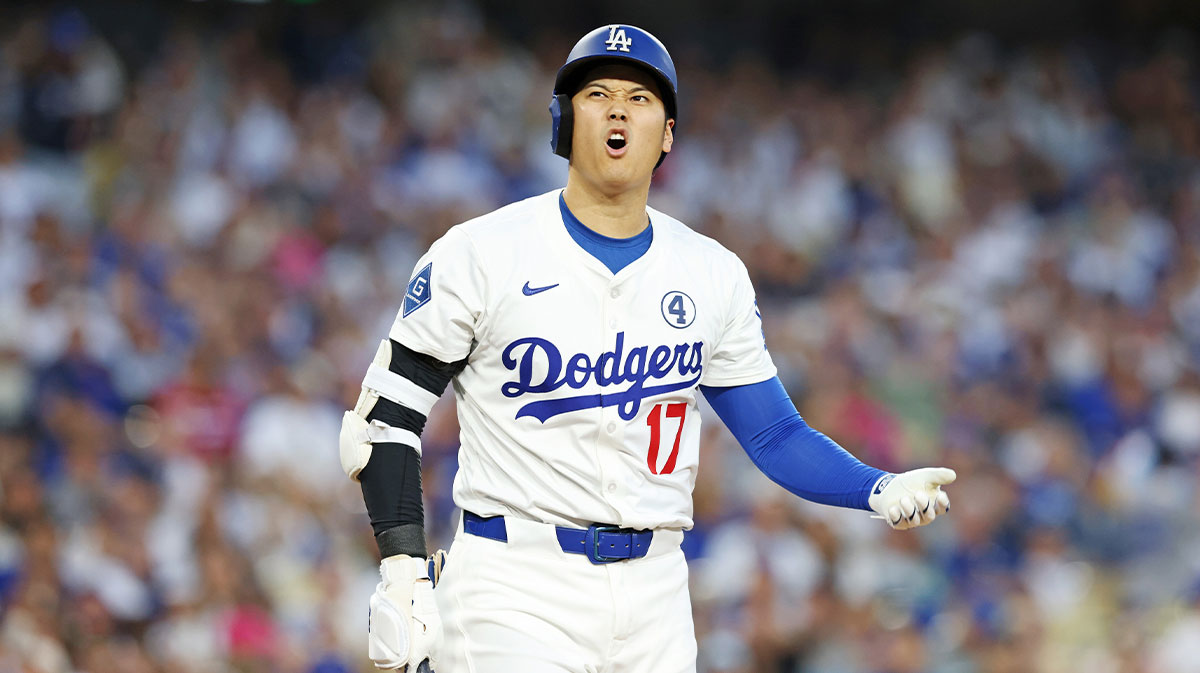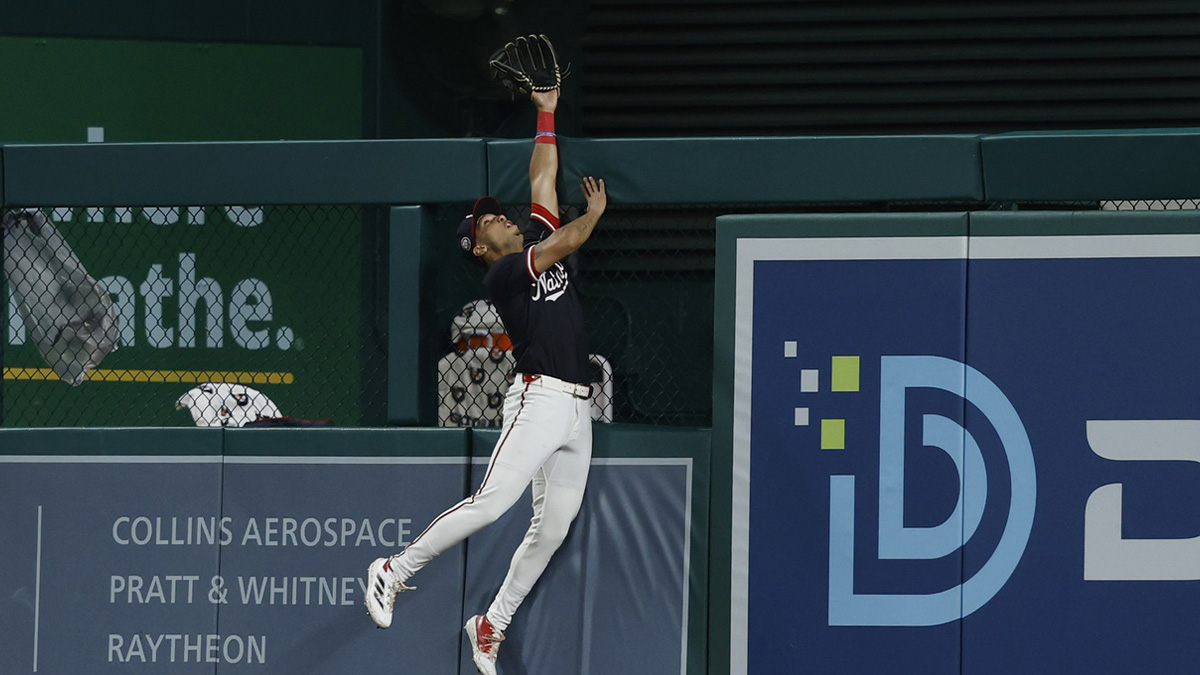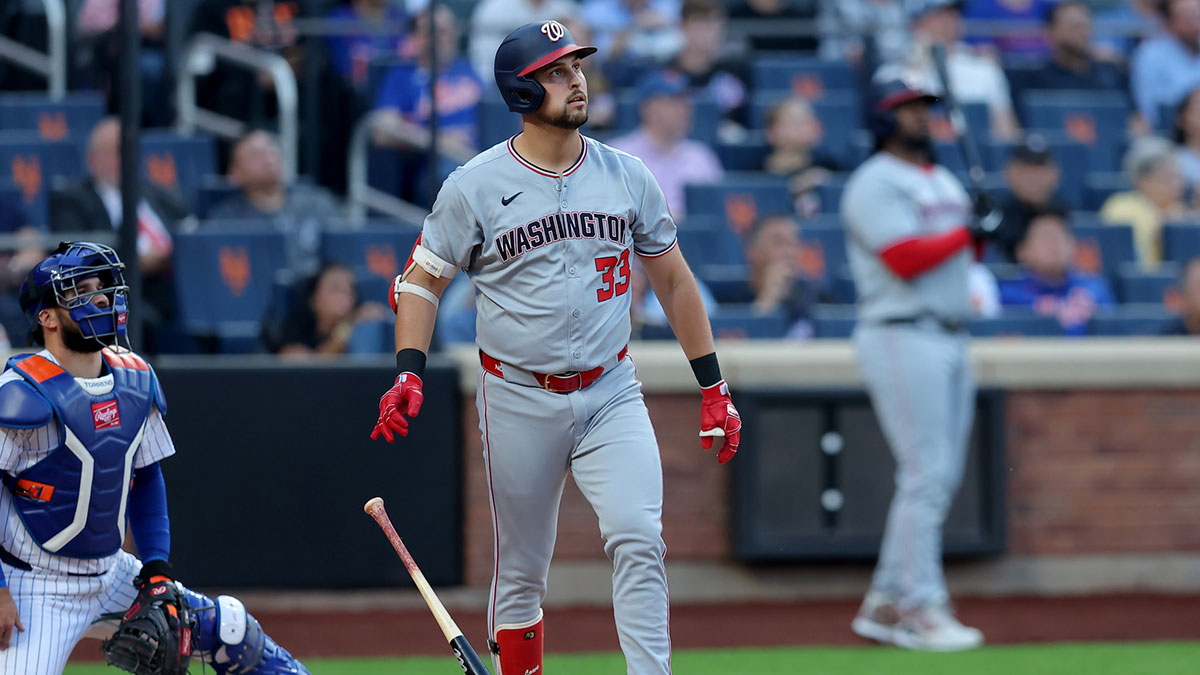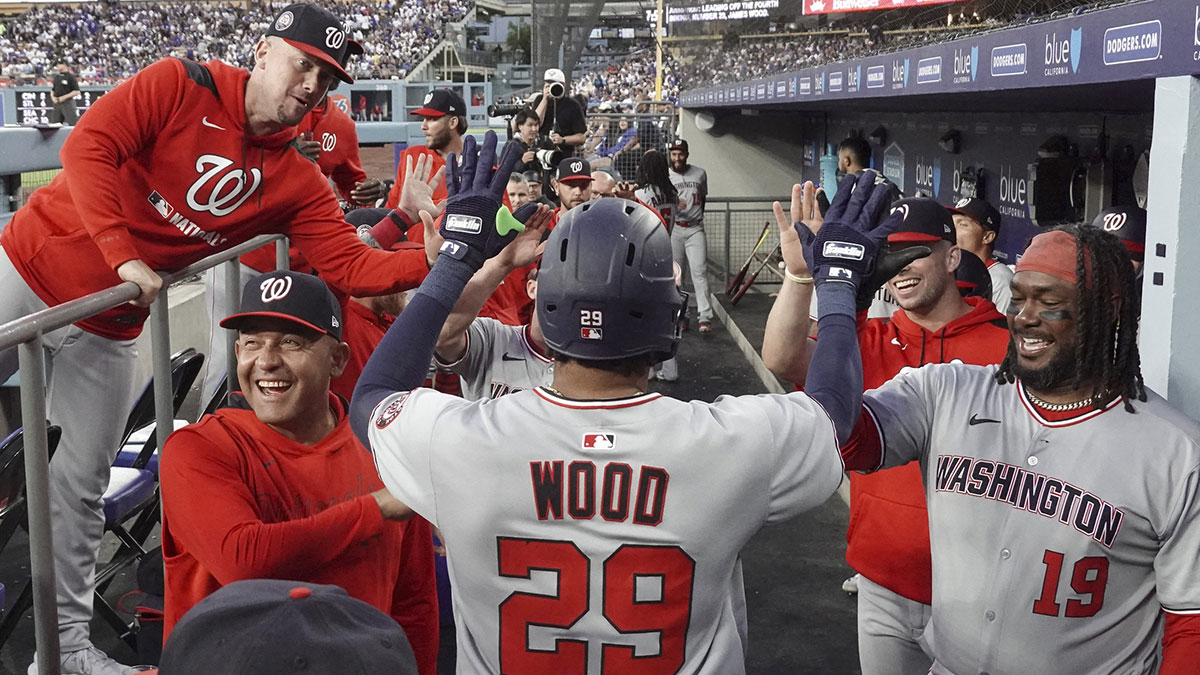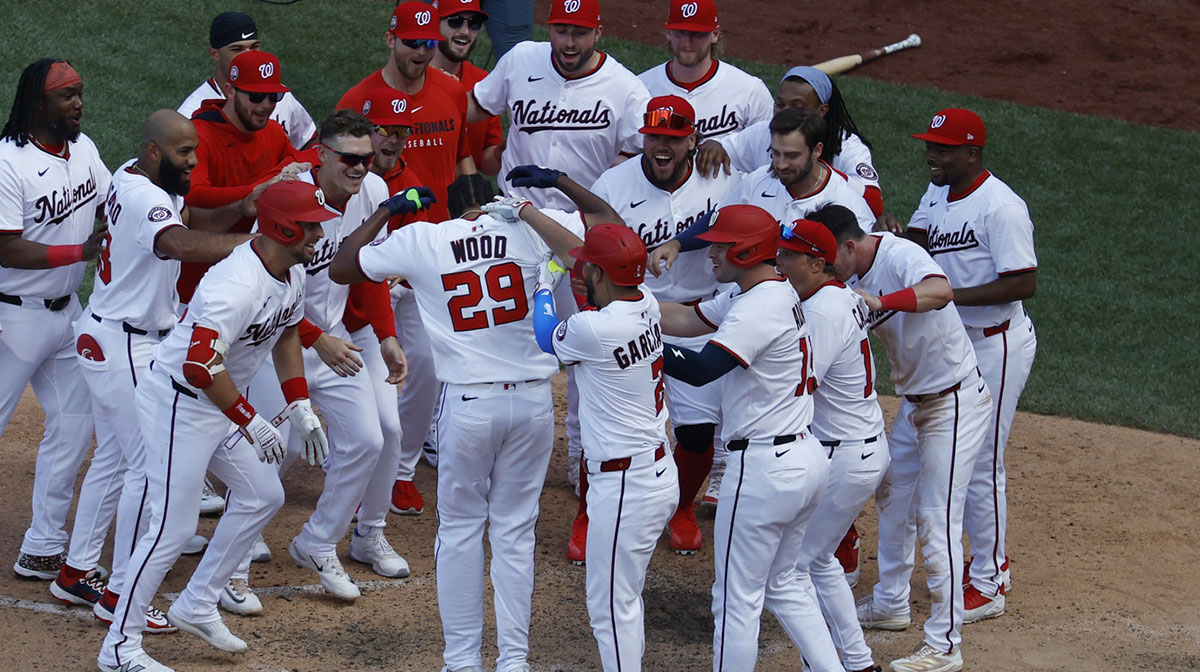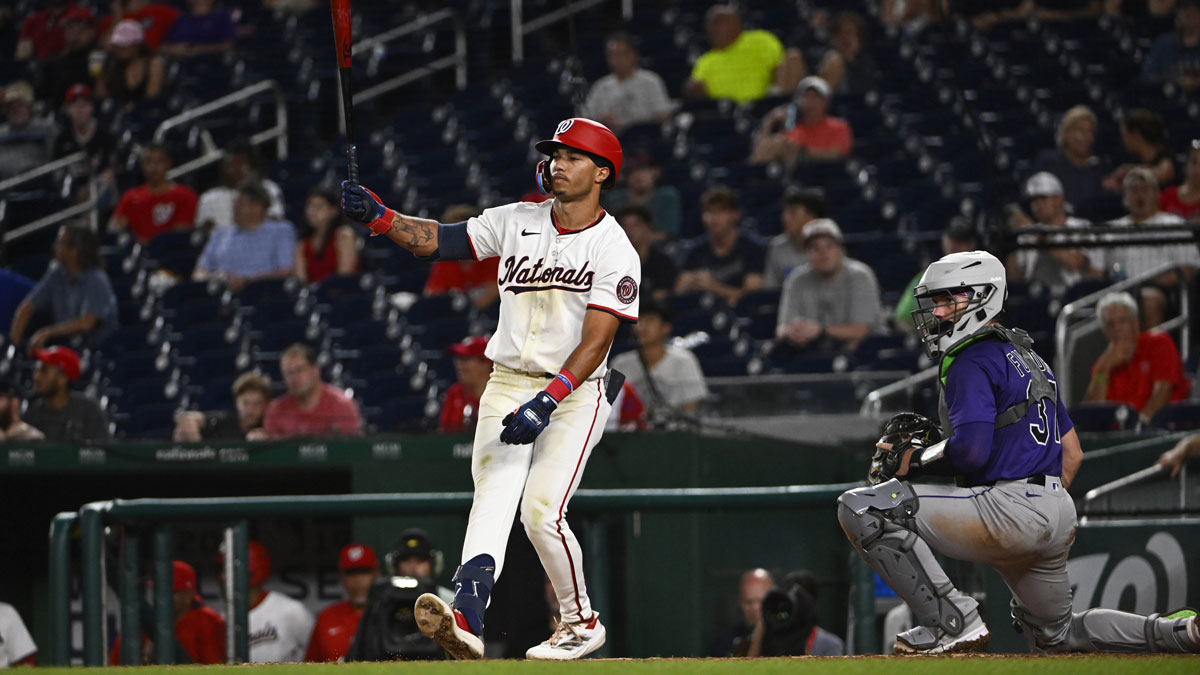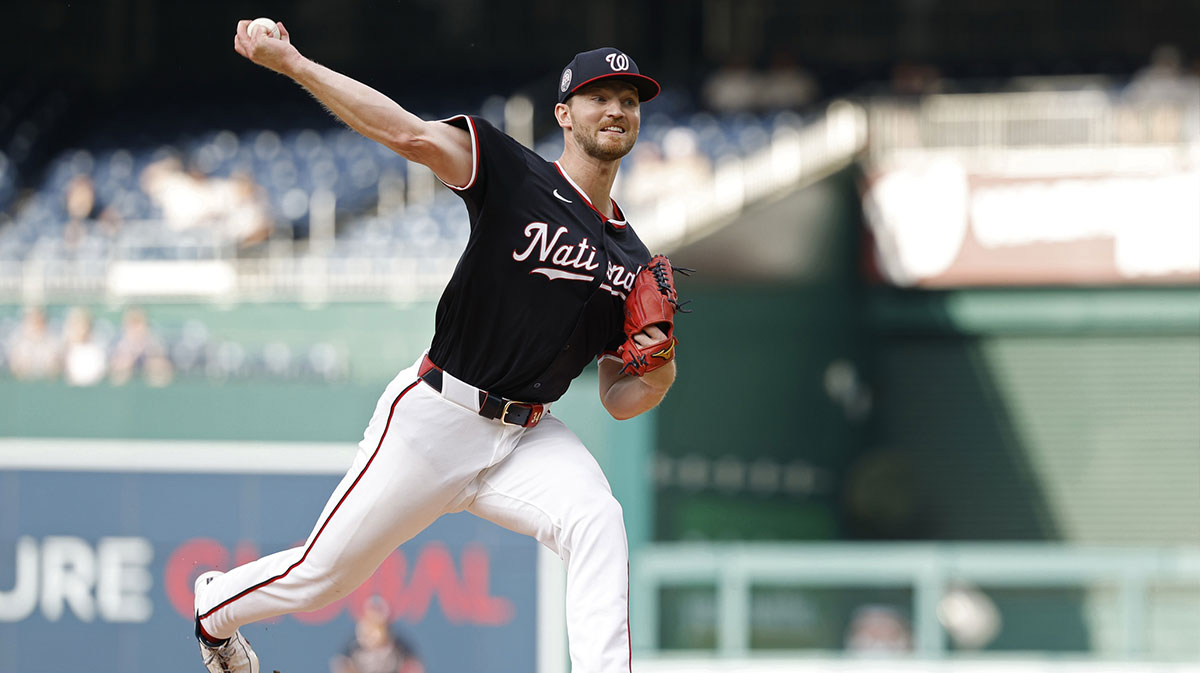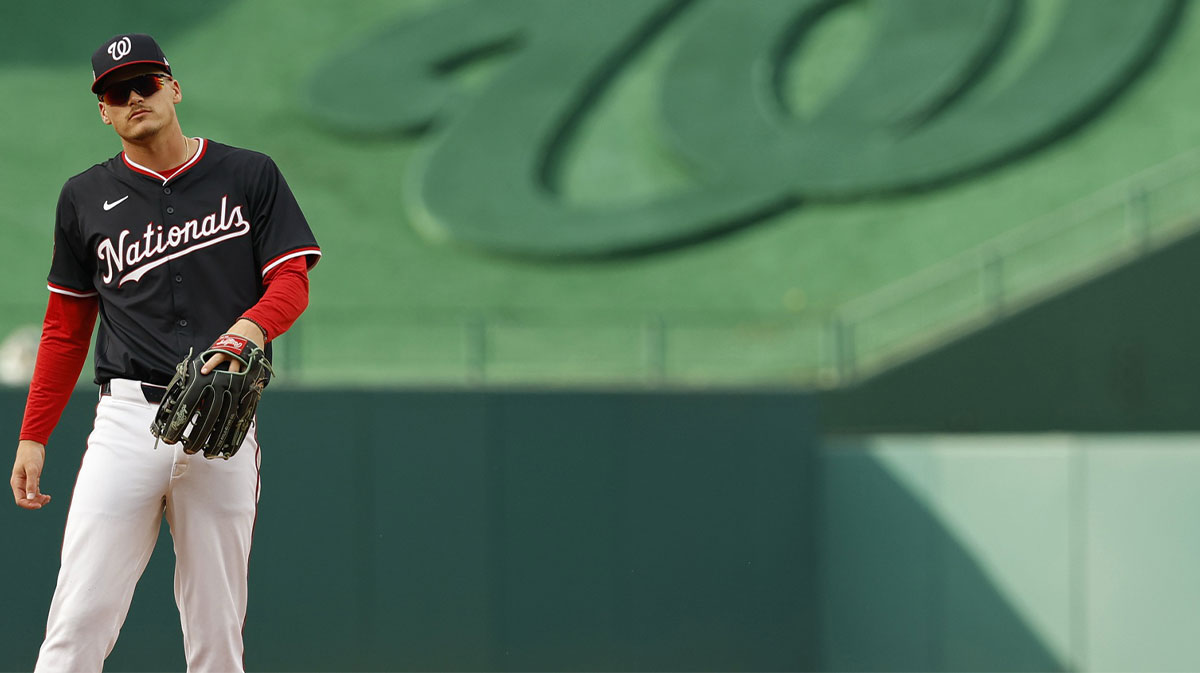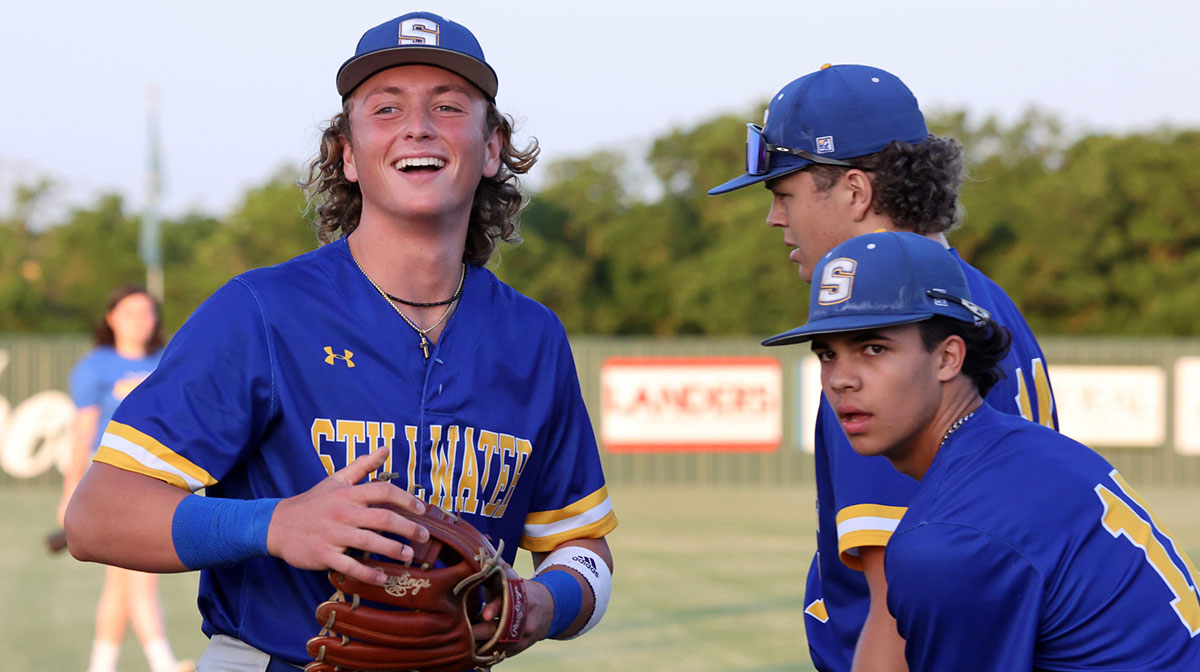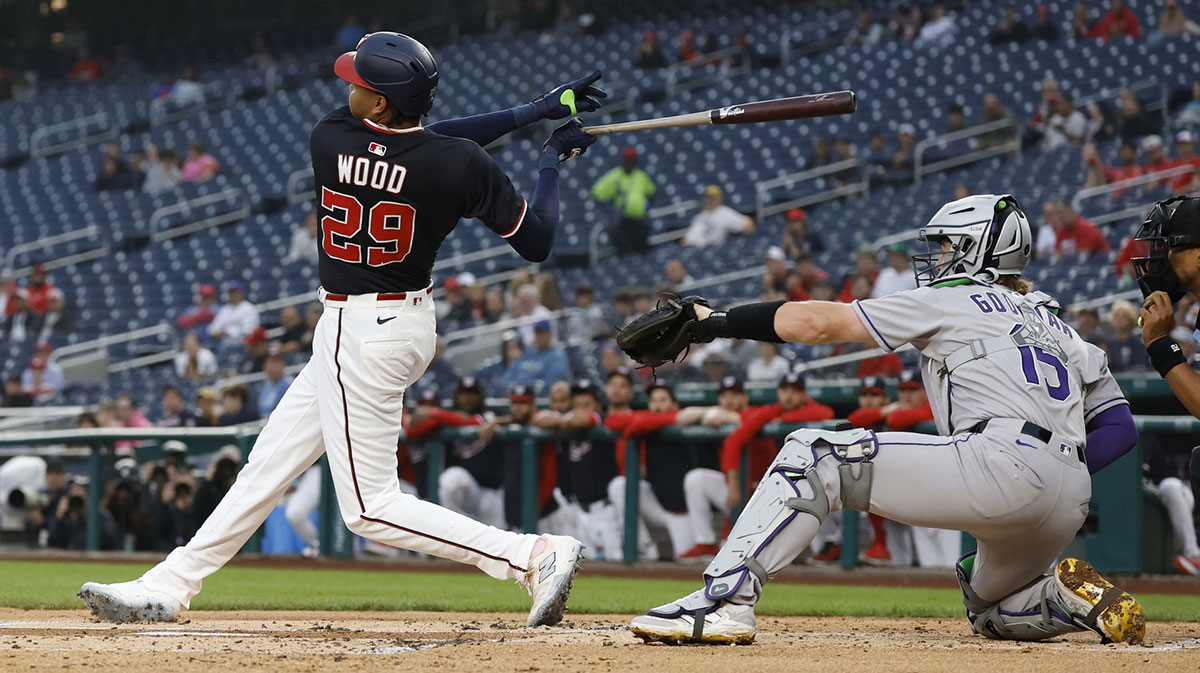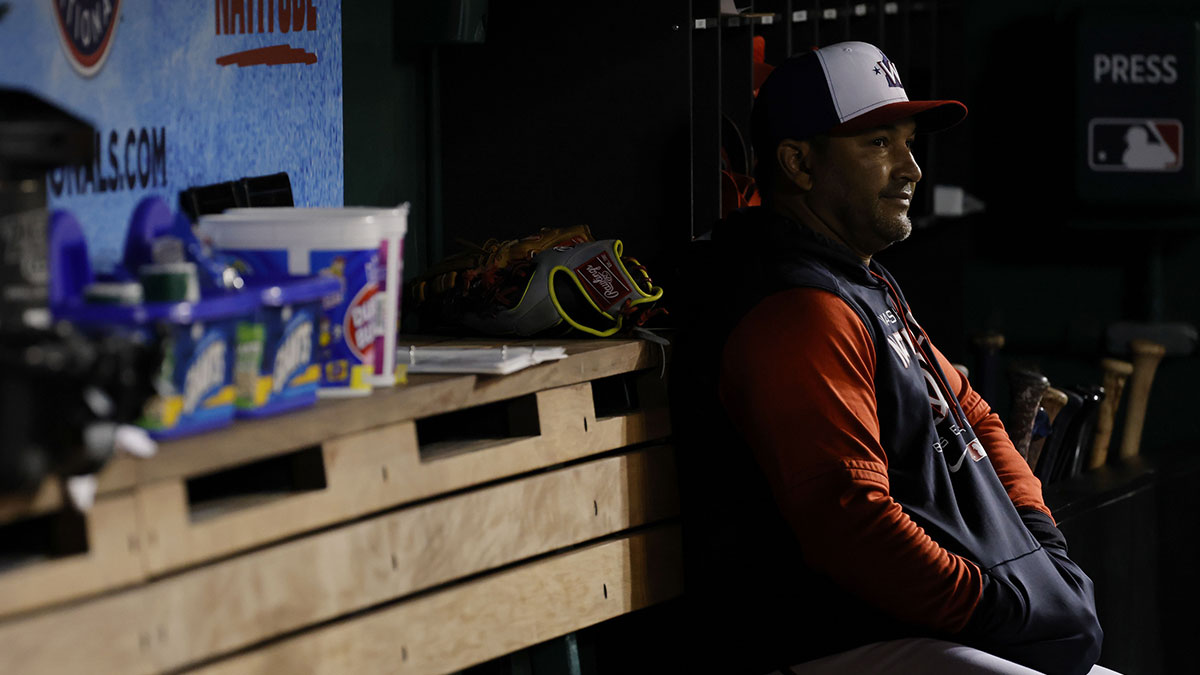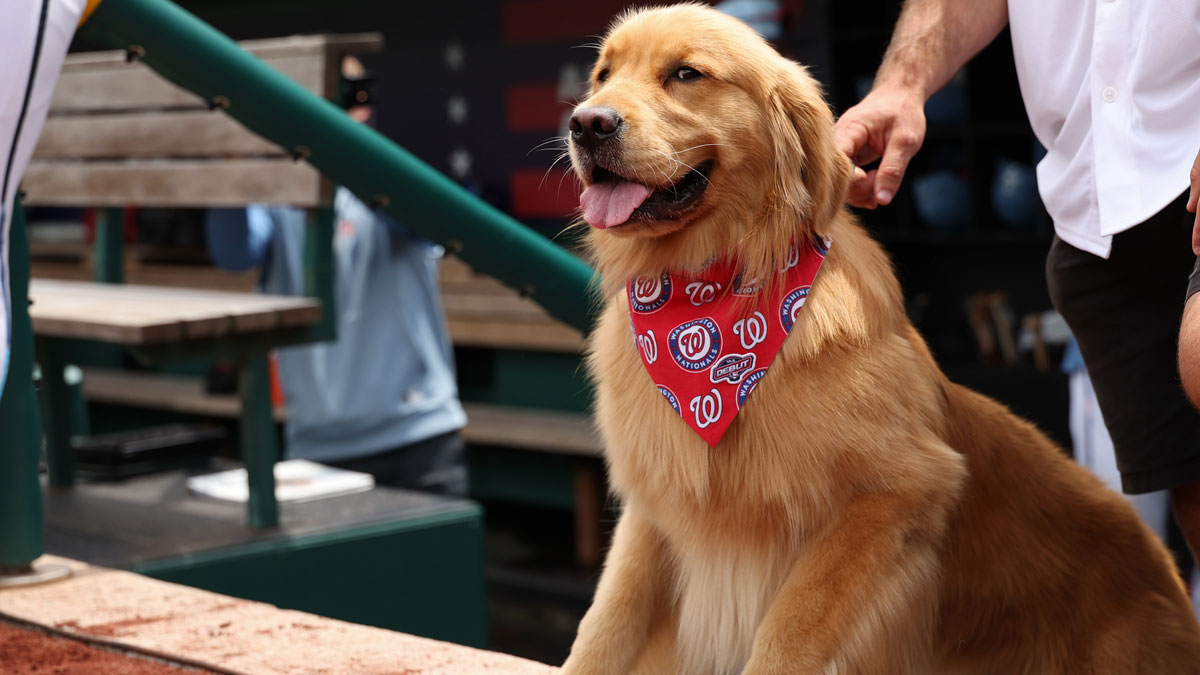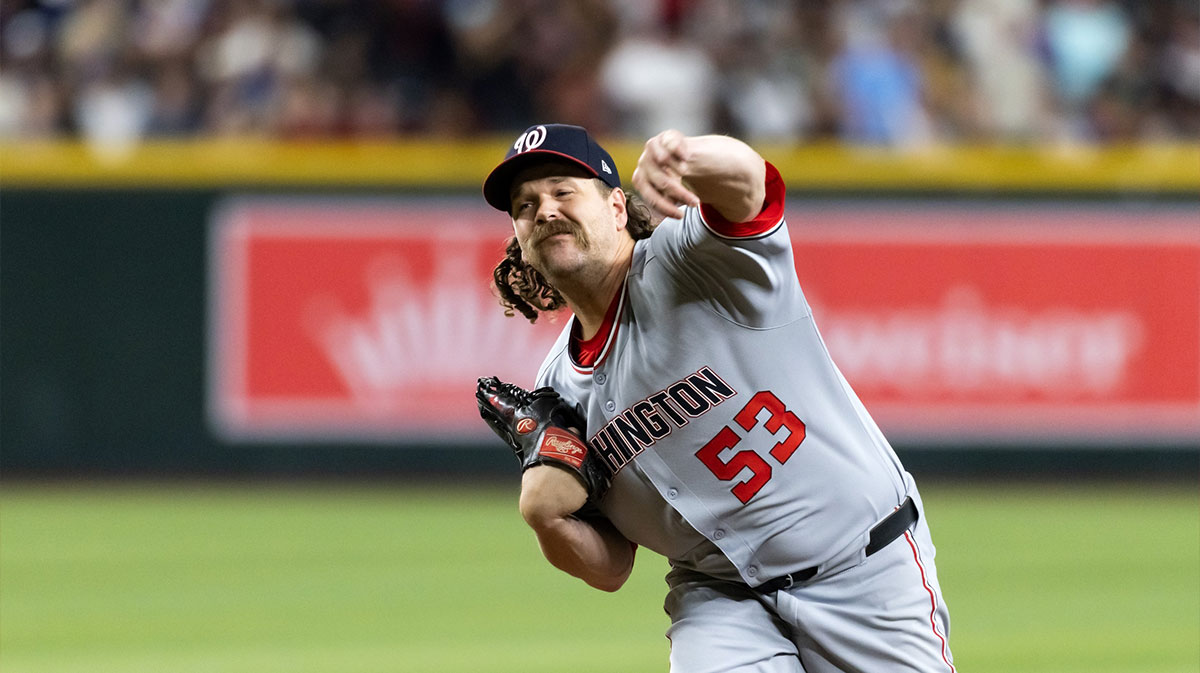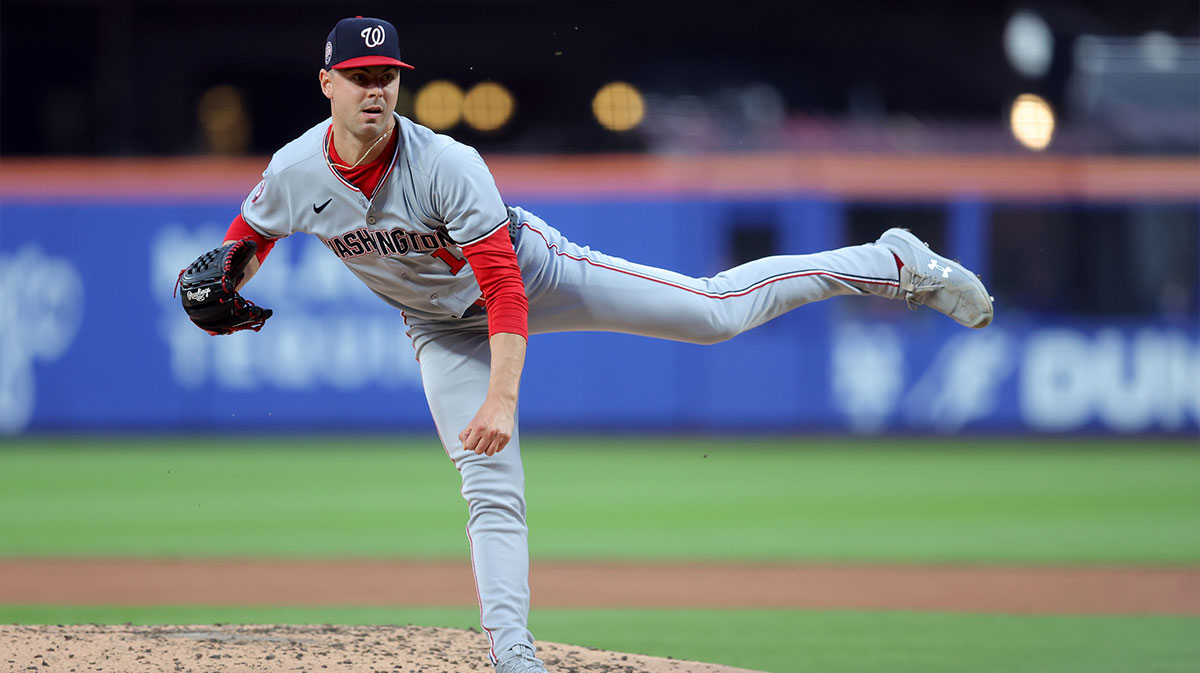Coming off a season of mixed emotions that resulted in finished just two games above .500, the Washington Nationals should be fortunate that they only finished 8.5 games back of the National League Wild Card hunt in 2018. But should a team that was led by Bryce Harper have missed the playoffs, yet again?
Behind a strong pitching staff anchored by Max Scherzer and Stephen Strasburg, the team struggled to find any consistency throughout the season. Even Harper underwent some offensive slumps, ultimately tying the team to vying for the wild-card spots.
After the 2018 season, Harper became the cream of the crop in the free agency market, as he was not able to agree with the Nationals on a new contract. Reportedly there was a deal offered to Harper that consisted of $300 million across ten years, unheard of in the MLB outside of Alex Rodriguez and Giancarlo Stanton.

Nonetheless, no deal was agreed upon and Harper sauntered into free agency, where he currently sits with little bites on his talents, a real surprise for a generational superstar. While the door remains open, according to sources, for a reunion in the nation’s capital, that seems somewhat unlikely.
So what is next for a team that struggled to make the playoffs even with a consistently-high payroll and little to no results to show for it? Not much of a drop-off, actually, if everything goes to plan.
The Nationals’ big offseason move was bringing in the best left-handed starting pitcher on the market, Patrick Corbin. The now-ex Arizona Diamondback signed a six-year, $140 million deal on Dec. 4.
That money was added to an already strong part of the roster, and now combining Corbin with both Strasburg and Scherzer makes for arguably the league’s best top-three in a starting rotation. Not many teams will have success against that line, especially with their varying degrees of pitch choices, game management and speed/movement combinations.
With the Corbin move, the team is one to watch, simply because the vast majority of their core, sans Harper at the moment, returned, keeping a sense of continuity in the franchise. Finishing in second in the NL East, eight games behind division-winner Atlanta Braves puts the team in shouting distance of reclaiming a divisional crown.
The Braves, who capitalized on their youthful additions from the minors, made the playoffs after posting a 90-72 record, impressive for Atlanta, even though they did later fall to the eventual NL champs, the Los Angeles Dodgers.
Besides the Braves, the Nationals also will need to compete with both the Philadelphia Phillies and the New York Mets, who have both made big moves this offseason to keep pace in the league.

The Phillies, who brought in Andrew McCutchen, Jean Segura, Asdrubal Cabrera and David Robinson, are looking to compete in the East again, which seems like it could be fair game for anyone not named the Miami Marlins in 2019.
The Mets added All-Star closer Edwin Diaz, Robinson Cano and Wilson Ramos over the course of the offseason, a testament that first-year general manager Brady Van Wagenen is not messing around in bringing this team back to relevancy.
However, the Nationals should be the favorites to challenge the Braves for the divisional crown by simply relying on their currently-in-place roster, shored-up bullpen and great starting rotation. If it comes down to it, replacing Harper will present a big opportunity for other players to step up, but the team can use their current depth to patch it up until they feel another need is necessary to be made.
Throughout the offseason, the Nationals have made smaller, under the radar additions that have not garnered a ton of publicity but ones that will help make this team better.
In the bullpen, former St. Louis Cardinal Trevor Rosenthal is back from a brief injury hiatus, looking to prove his stuff is what it used to be. Rosenthal is a former closer who helps bring late-game experience to the ‘pen.
Second baseman Brian Dozier was brought in on a cheap one year deal, acting as a prove-it deal for the 31-year-old who split time between the Minnesota Twins and the Los Angeles Dodgers, being traded to the Dodgers before the July 31st trade deadline.

Other infield help consists of bringing back former Cardinal and National Matt Adams on a one-year contract with a mutual option for 2020, as the slugging first baseman is back and is a valuable pinch-hitting option off the bench that can give Ryan Zimmerman a reprieve at times in a start at first.
Catcher Kurt Suzuki was signed on yet another one-year deal, as the catcher helps provide valuable catching experience for a team that is planning to start veteran backstop, Yan Gomes.
To fill the gap created by shipping off starting pitcher Tanner Roark to the Cincinnati Reds, the team signed grizzled veteran Anibal Sanchez on a two-year, $19 million deal with a club option in 2021 for $10 million. Coming off a career resurgent season with the Braves, Sanchez now capitalized in the market and struck while the market was hot, signing a contract that seems a bit high for the 34-year-old who has been in the league since 2008.

The Nationals, who have seemingly been on the cusp of a playoff berth ever since Harper burst onto the scene, remains in a very solid state even if the superstar does not return to the only franchise he has played for. Due to their stockpiling of strong starting pitching options, combined with good depth and a built-up bullpen, this team has the pieces to make noise come September and beyond, hopefully ending the streak of missing the playoffs after being so close.
Being able to capitalize upon the Braves, Mets and Phillies will be crucial for the Nationals as well, as all of those teams have the potential to flame out due to high expectations, youthful regression and a resurgence by the team that calls our nation’s capital home. All of these teams have the potential to miss expectations and fall behind early on in the season, and in order for the Nationals to not be stuck with them sliding down the standings, they need to rely on what has gotten them this far, the strength of their entire pitching staff.

